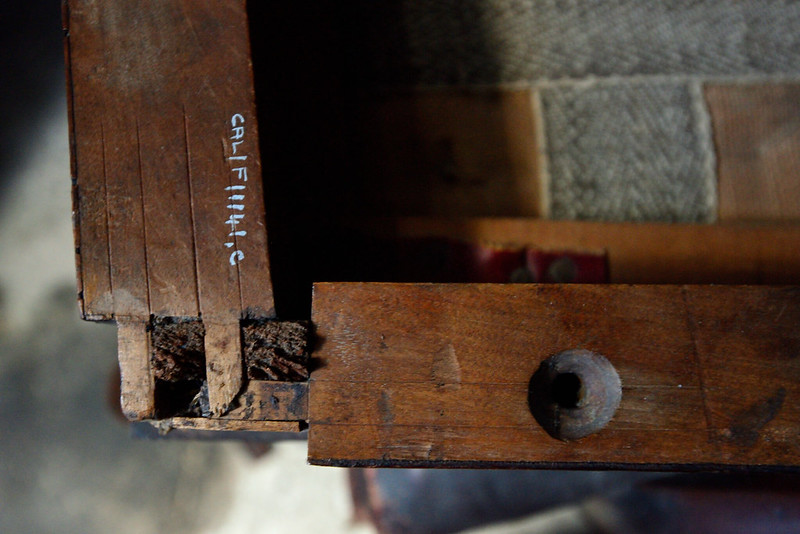MikeG.":fb5c6fff said:
I'm already planning next year's furniture making, and the biggest single item is a dining set (table and chairs). I'm thinking about the joints, and wondered if anyone has ever seen a wedged through-tenon where the seat rail joins the leg? It seems to me that this would be the strongest joint for the most vulnerable part of a chair, so why wouldn't this joint be used?
That's a very interesting question. You often find through tenons and wedged through tenons for the side rail to back leg joinery on "country" chippendales; but I've never seen it on a finer quality "city" version of the same chair.
You're right that this is the most stressed joint in any chair, and if this joint starts to fail then all the other joinery in a chair will soon follow as the increased racking stresses are relayed throughout the chair. Furthermore, it's a bit of a pig to plan because you're trying to balance the structural needs of both the side rail and the back rail, and there's not enough meat on the bone in the back leg to allow the joinery you'd really like. The traditional compromise is to prioritise the side rail to back leg and to joint the back rail to back leg with a very shallow stub tenon and a couple of dowels that are around about 3/8". This use of dowels was common even in the 18th century, and properly executed has proven capable of withstanding two hundred years hard use.
Here's a chair I've made showing the side rail to back leg mortice being cut at the appropriate angle,
Here you can see the mortice for the stub tenon and dowels,
And here's the jig I make to drill the dowel mortices. It's a simple thing with the tenon on one side and the corresponding mortice on the other, you need to make it precisely, but once done it'll last for about twenty or thirty chairs before the holes get too enlarged by the drill to remain accurate.
Personally I don't like the use of through tenons because I believe it weakens the overall joint in this particular context, but I'm full of admiration for the craftsmen who did it because the compound angles make it extremely difficult to lay out and execute well. I've seen 18th century country chippendales where the through tenon has been cut with unbelievable precision. Another reason I don't like through tenons is I generally put a "D" profile on the back face to the back leg and a through tenon looks clumsy when it emerges through a profile.
As well as the actual mortice and tenons I generally include corner blocks around the seat. These are glued and screwed and I like to plug the screw holes for a neat finish, not that anyone will look under the seat but if they do I prefer it to be tidy!
















































